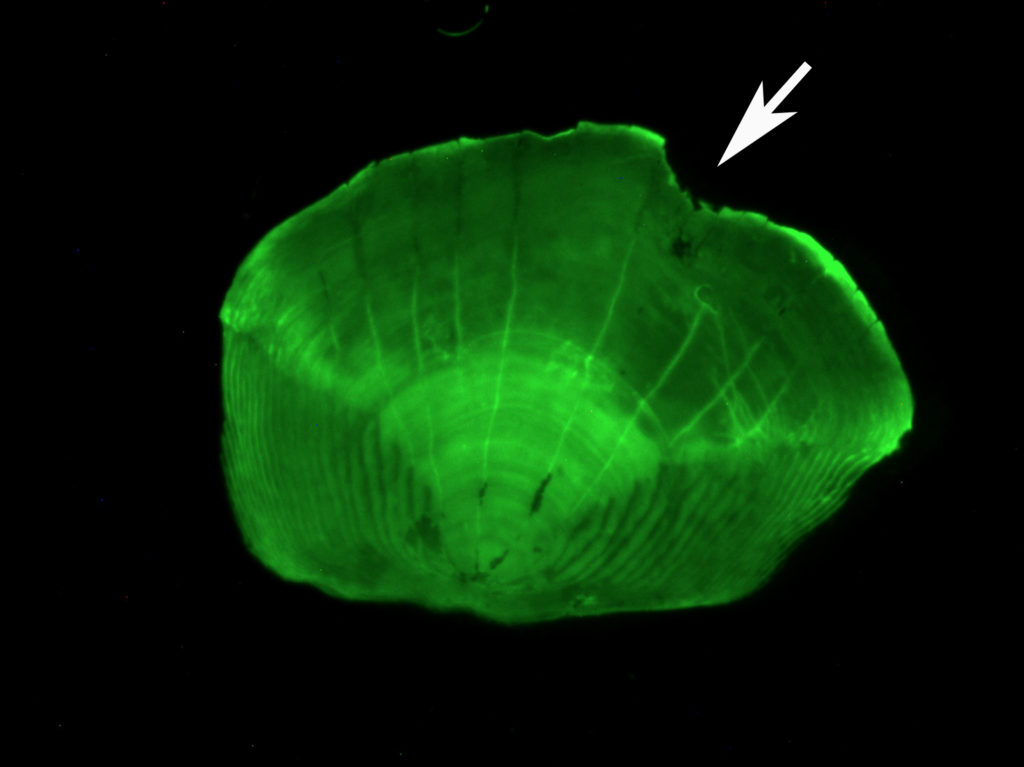ZEBRAFISH LAB
Director: Dr. Massimo Mariotti
Research Topics
TOPIC 3: Creation of pathological models of human skeletal disorders in adult zebrafish (glucocorticoid-induced osteoporosis, long-bone fracture)

A caudal fin ray fracture model has been developed to study how zebrafish bone cells respond in a situation comparable to a mammalian long-bone fracture. In this case is not required a regeneration program (seen after caudal fin amputation) but rather a repair process much more similar to a wound healing associated with a typical callus formation (topic3_image1). This model will help to elucidate the mechanisms involved in adult bone repair and facilitate the screening of new potential drugs which accelerate the fracture healing.
A simple animal model with high conservation in bone metabolism regulation systems could help to increase the knowledge about the pathogenesis of osteoporosis and prove useful as in vivo pathological model to test new drugs against the disease. We proposed the adult zebrafish as an innovative model of glucocorticoid- induced osteoporosis (GIOP) using a prednisolone treatment for two weeks. The presence in the scales of localized resorption lacunae (topic3_image2) has confirmed that activated TRAP-positive osteoclasts (topic3_image3) play a fundamental role in zebrafish GIOP. In addition our data suggest the role of prednisolone to negatively modulate scale’s osteoblasts resulting in a defective mineralization rate during scale growth.
The protective effects of alendronate in zebrafish GIOP model suggest that the preservation of the pharmacological response reflects the conservation of bone metabolism pathways between human and fish. For these characteristics, the zebrafish GIOP model can be helpful in drug screening experiments to select new potential drugs against human GIOP.
